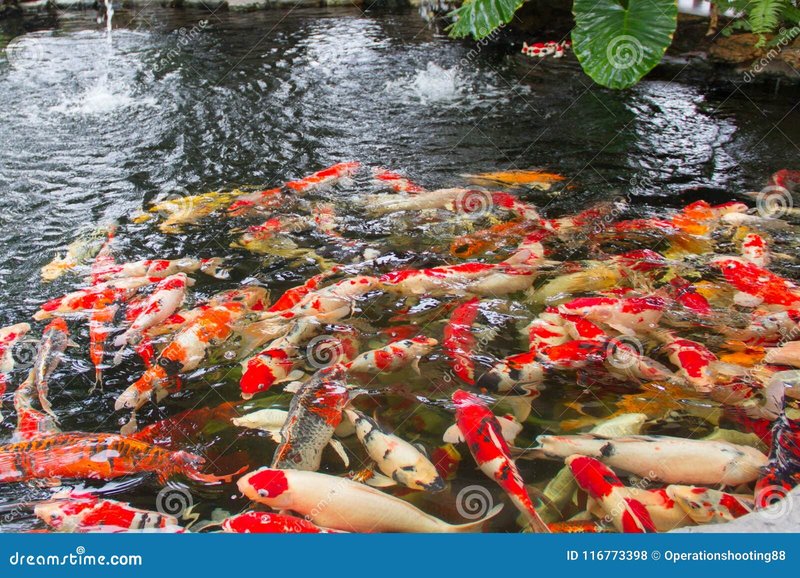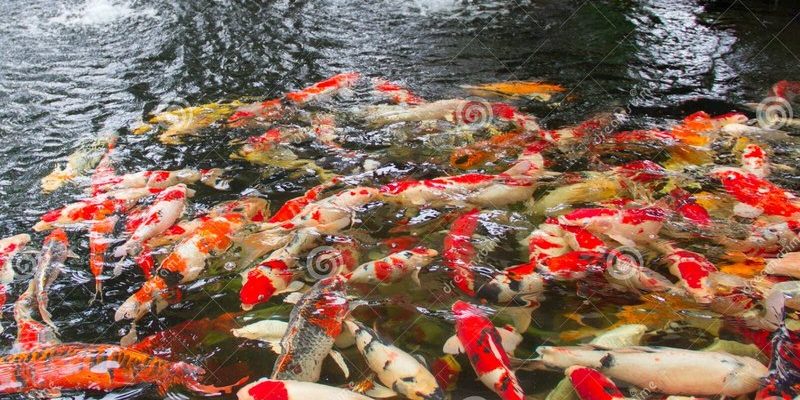
Picture your pond as a cozy neighborhood. Some fish are friendly neighbors who get along well, while others might be a bit territorial. In this article, we’ll dive into the world of carp and their potential pond mates, exploring compatibility, behavior, and how to create a peaceful pond environment.
Understanding Carp Behavior
Before mixing carp with other fish, it helps to understand their behavior. Carp are known for their adaptability and resilience. They can thrive in various conditions, which makes them great for beginners. But here’s the catch: they can also be quite boisterous.
Carp tend to root around at the bottom of the pond, searching for food. Imagine them as the enthusiastic kids at a party, stirring up a bit of a ruckus while they play. This behavior can disturb the habitat for other fish, potentially making them feel stressed. So, while carp can get along with many species, their lively antics may not suit everyone.
Another aspect to consider is their size. Carp can grow quite large, often reaching lengths of up to three feet, depending on the species. This size difference can intimidate smaller fish and lead to unintentional bullying. If you’re thinking about mixing carp with smaller pond dwellers, it’s essential to keep this in mind.
Compatible Pond Fish with Carp
Now, let’s explore which fish can peacefully coexist with carp. Some species are generally known to be more compatible than others. Here’s a rundown of a few pond fish that tend to do well alongside carp:
- Koi: These are a type of carp, so they’re more likely to get along with your common carp. They share similar water conditions and feeding habits.
- Goldfish: Goldfish can thrive in ponds with carp, provided they have enough space. However, ensure they’re not significantly smaller than the carp to avoid being bullied.
- Shubunkins: Another variety of goldfish, shubunkins are colorful and hardy, making them a great match for a carp pond.
- Pond Snails: While not fish, pond snails can help clean up leftover food without disturbing the carp.
In general, larger fish tend to be better companions for carp. This doesn’t mean you can’t introduce smaller species, but it’s crucial to monitor their interactions closely.
Fish to Avoid with Carp
While many fish can share space with carp, some species just don’t play well together. Here are a few fish you might want to avoid including in your carp pond:
- Small or Delicate Fish: Species like tetras or guppies are much too small and can become prey for larger carp.
- Angelfish: These fish can be territorial and may not take kindly to the active nature of carp.
- Betta Fish: Known for their aggressive behavior, they are best kept in separate environments.
Mixing species can be a bit like throwing a wild party—not everyone gets along. Keeping a close eye on your pond dynamics is essential to ensure a harmonious environment.
Feeding Considerations
Feeding habits can significantly impact how well carp and other fish coexist. Carp are bottom feeders, which means they often munch on whatever food they can find at the pond’s bottom. If you decide to mix them with other fish, consider their dietary needs:
1. Quality Fish Food: Providing high-quality fish food can help keep everyone’s bellies full. Look for pellets that sink, as they cater to the feeding habits of carp.
2. Avoid Overfeeding: It’s easy to overfeed, especially when you see your fish eagerly eating. Overfeeding can lead to poor water quality, so stick to a routine and watch how much they consume.
3. Monitor Bottom Activity: Since carp rummage around, they can stir up sediment, which may affect the feeding habits of other fish. Be mindful of this when feeding.
By establishing a balanced feeding routine, you create a more harmonious pond environment.
Pond Size and Environment
The size of your pond plays a crucial role in determining whether you can keep carp with other fish. Like a crowded playground, if it’s too small, the fish can get stressed and territorial. Here are a few considerations:
– Pond Size: Ideally, a larger pond provides ample space for carp and their companions to swim freely. A size of at least 1,000 gallons is generally recommended for a mixed pond.
– Depth: Ensure your pond has varying depths. Carp prefer deeper areas where they can stay cool, especially during hot weather.
– Plants and Hiding Spots: Adding aquatic plants and decorations can create hiding spots for smaller fish, allowing them to escape if they feel threatened.
Designing a well-thought-out pond can significantly enhance the quality of life for all fish in it.
So, can you keep carp with other pond fish? The short answer is yes—if you choose wisely! Understanding fish behavior, choosing compatible species, and providing a well-maintained environment are key to creating a peaceful pond community.
Remember, every fish has its personality and quirks, much like people do! Monitoring their interactions and making adjustments as needed can lead to a thriving pond full of life and color. Just like a good recipe, mixing the right ingredients creates a beautiful outcome. Happy pond keeping!

